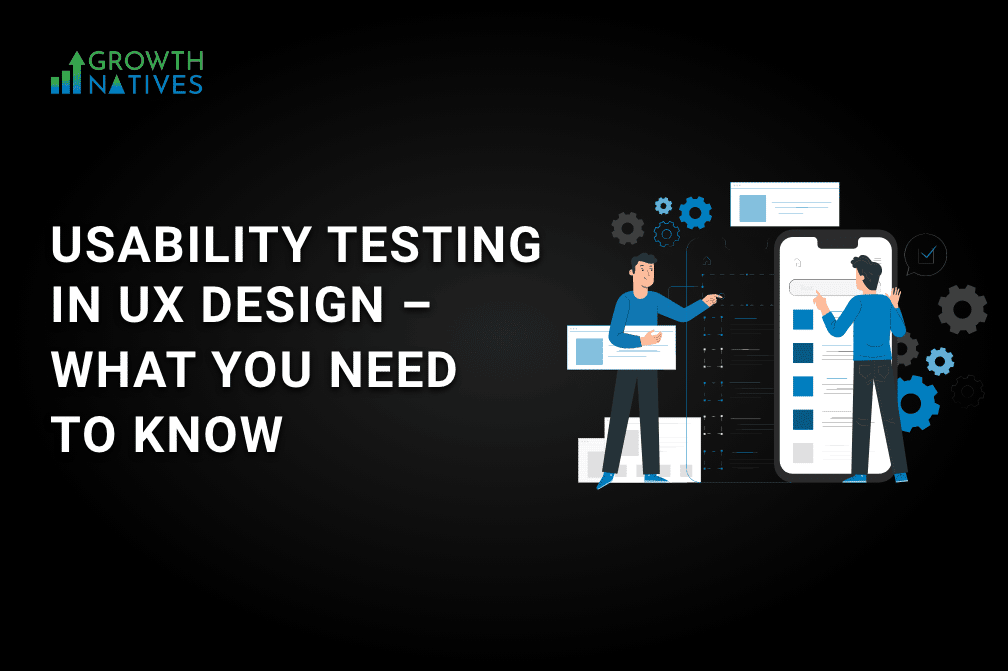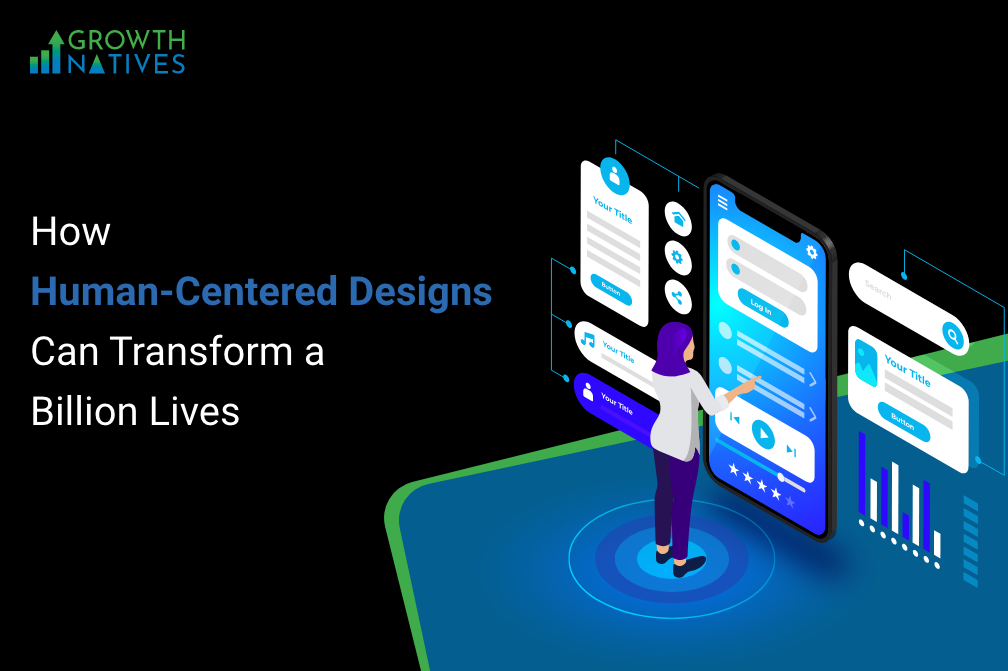
What is Design Thinking? Why is It Important?
By Sakshi Arora
Jul 19, 20216 min read
Design thinking has been traditionally considered as an indispensable process for designers and innovators to systematically extract, learn, and implement techniques that help solve problems creatively.
Tim Brown, CEO of IDEO explains design thinking as “a human-centered approach to innovation that originates from the designer’s toolkit to combine the needs of the people with the reach of the technology and the requirements for business success”.
Recently, brands like Apple, Google, GE, and Samsung adopted the approach to develop more customer-centric products and services (Source Link). The subject is also taught at some of the leading universities and educational institutes in the world.
But what is design thinking in general? And why is it so important for your business?
Let’s discover.
What Is Design Thinking?
Design thinking is an iterative process that involves understanding the challenges and redefining problems to create alternative solutions that might not be instantly apparent with our primary level of understanding.
It is a solution-based technique to resolve problems. Since it is a way of both thinking and working, it also involves a deep understanding of the people for whom we are designing the products or services.
Design thinking helps understand ill-defined problems. By re-thinking the problem in various human-centric ways, we can create ideas through brainstorming sessions and adopt a hands-on approach in prototyping and testing.
Phases of Design Thinking
Design thinking has five phases:
#Phase 1: Empathize - Research Your Users’ Needs
This phase includes gaining an empathetic understanding of the problem through research. It is pivotal for the design process to have a human-centric approach to set aside your assumptions about the situation and gain a real insight into the needs and demands of users.
#Phase 2: Define - Understand Their Needs and Problems
It involves accumulating all the information you have gathered during the first phase and analyzing it further to define the core problems of users. These problem statements help you create personas to keep your approach human-centric before proceeding to the ideation phase.
#Phase 3: Ideate - Challenge Assumptions and Create New Ideas
The ideation phase is all about generating ideas. Since you have apt background knowledge gathered from the previous two phases, it’s now time to think out of the box and look for alternative ways to identify the problem and create innovative solutions. This phase also involves brainstorming and worst possible idea sessions to stimulate free thinking and expand the problem space.
It is important to create as many ideas as possible in this phase. By picking different ideation techniques, you can effectively investigate and experiment with your ideas and shortlist the ones that solve a problem in the best way.
#Phase 4: Prototype - Create Solutions
This phase involves experimenting with some inexpensive, scaled-down version of the product to verify and validate the ideas you’ve created.
The prototypes can be shared and tested within the team itself, or you can also use people outside of the design team. By implementing each solution with the prototypes, you can investigate, accept, improve, re-examine, or reject them based on user experiences.
By the end of this stage, your team will have a better understanding of the constraints inherent to the process and implications associated with the users when they interact with the end product.
#Phase 5: Test - Test Your Solutions
This is the last phase where evaluators will rigorously investigate and test the prototypes. The results generated in this phase will help you redefine the problems and return to previous stages to improve or refine your design.
Since design thinking is an iterative process, there is no fixed sequence to follow these phases. Your objective is to gain a deeper understanding of users’ requirements and create an optimal solution to address their problems.
Benefits of Having a Design Thinking Approach
1. Helps in Enhancing Collaborations: Creating a good design is a collaborative effort, requiring inspiration from different sources and involves the participation of the whole team. With a design thinking strategy, you can propose the same kind of an idea in an approach to all the challenges of a business.
If the business is struggling with customer retention, the design strategy can encourage people to think outside of the generic sales strategies and develop new innovative techniques to make improvements.
2. Helps in Brainstorming: Design thinking involves designing new products and services while re-thinking aspects that can be improved in real time. Continuous testing of ideas and concepts can help organizations to get big breakthroughs and implement better ways of doing things.
It also prevents companies from investing both time and money into solutions that won’t work, enabling them to increase their efficiency.
3. Helps in Tackling Creative Challenges: Design thinking helps you to analyze creative challenges from a different perspective. By using brainstorming, it lets your designers create fresh ideas that can expand the learners’ knowledge.
It also lets your designers work on the feedback, collaborate, and deliver enhanced experiences to your customers.
4. User-Focused: One of the primary benefits of design thinking is that it is aimed at the end-user. Whether you’re developing a new technology or creating a new project management solution, understanding your target user is pivotal to it.
5. Helps to Meet Client Requirements Effectively: Design thinking incorporates prototyping and experimentation of products at the MVP stage. With multiple rounds of testing and working on customer feedback, you can deliver tailor-made products to your clients. Thus, allowing you to meet their expectations by directly involving them in the design process.
6. Helps in Improving Your Knowledge: The design thinking process involves multiple evaluations and analyses. Besides, the process is continuous and doesn’t stop even after the deliverable is complete.
Business organizations measure the results based on the feedback received and ensure that the end client is getting the best experience using the product.
This helps design thinkers to constantly improve their understanding of the customers and enhance their productivity by closing gaps in the subsequent deliverables.
Wrapping Up
Over the last decade, the lines between product/services and user environments are fading. By bringing out an integrated customer experience, companies can open up new opportunities for growth and development.
Design thinking is the process that won’t fade away anytime soon. It has gained a lot of traction with various big-name companies adopting it to improve their efficiency.
By adopting this approach, your business can improve its market position relative to your competitors, increase customer loyalty, and build a strong identity.
Connect with us now to understand how the impact of design things in service engagements can become an integral part of your business operations.




